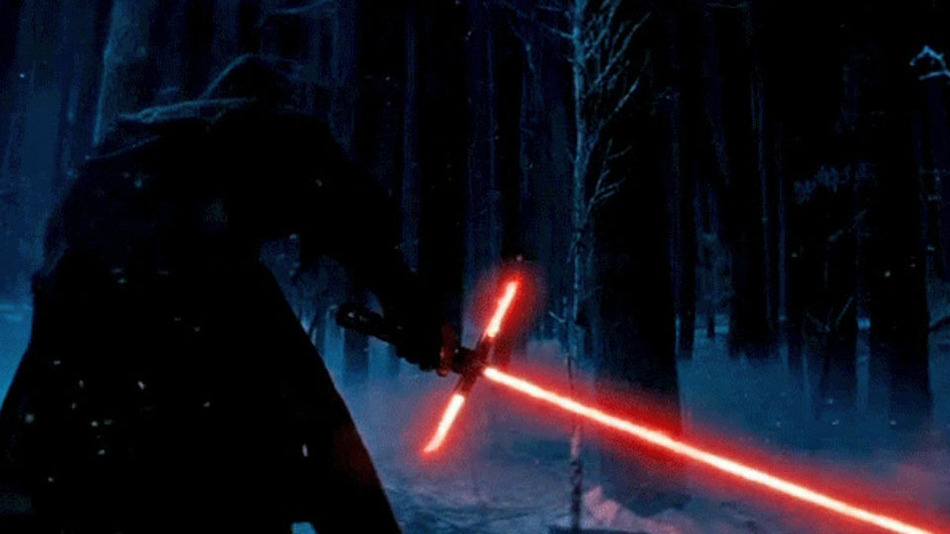How to build a Jedi lightsaber in the 21st century
12/16/2015 / By Chris Draper

The lightsaber is described as an elegant weapon of a more civilized age. Ever since it made its first appearance on the big screen in 1977, society has been itching to get its hands on a lightsaber. In the latest attempt to build a lightsaber, physicists have suggested harnessing plasma, rather than light, to make the weapon technologically feasible.
Lightsabers are glowing blades that span four feet in length. They contain a tremendous amount of energy capable of severing body parts the same way a hot knife cuts through butter. The blades are hotter than the most blistering scorches of hell, but their hilts are cool enough to not burn the hand that holds them. Two lightsabers cannot pass through each other. It is the equivalent of an unstoppable force colliding with an immovable object.
How could such a weapon be built? Given their name and appearance, the first thought would be to build a lightsaber with a laser. However, this hypothesis can be easily ruled out. Anyone who has ever played with a laser pointer as a child will recognize lasers do not have a fixed length. In addition, unless light is somehow dispersed, a laser is virtually invisible as it passes through the air. Neither of these features meets the criteria of a lightsaber.(1)
Stay up-to-date on the latest out of this world technologies with Robotics.news, powered by Fetch.news.
Plasma trumps light
A more plausible technology to build a lightsaber with is plasma. The material is created through a process called ionization, which strips atoms of their electrons and causes them to wither aglow. “Plasma is effectively gas so hot that its atoms are broken into their more fundamental components, namely electrons and nuclei,” Dr. Gianluca Sarri, a lecturer in the school of mathematics and physics at Queen’s University Belfast, explained to the Daily Mail.(2)
Plasma is considered to be the fourth state of matter, superseding solid, liquid and gas. The surface of the sun, for instance, is essentially plasma. It occasionally disattaches from the sun in the form of a solar flare, collides with Earth’s atmosphere and kindles the Aurora Borealis.
Since plasma is electrically conductive, it can transport a large electrical current to the target material, cook and melt it. These so-called plasma torches can churn regions of great heat, but the electrical characteristics are not without their hurdles. In particular, plasma torches require a large amount of electrical current, which lightsabers don’t require.
Containing the instrument
If plasma is the foremost ingredient necessary to build a lightsaber, it has to be contained. Fortunately, there are ways of doing this. The charged particles that make up plasma can be manipulated with an electromagnetic field. Some technologies involved in nuclear fission are even using magnetic fields to contain plasma. The temperature and energy involved in fusion plasma are so great that they could eat through their metal containment vessels.
It appears plasma and an electromagnetic field are the basic ingredients needed to build a lightsaber. However, the blueprint just sketched is not immune to shortcomings. Two magnetically contained tubes of plasma would pass right through each other, so lightsaber duels would be impossible. In order to circumnavigate this hurdle, engineers would have to figure out a way to make the core of the plasma tube solid.
One possible way to do this would be with ceramics, which can be cooked to high temperatures without melting. Nevertheless, when not in use, the handle of the lightsaber hangs from the Jedi’s belt. Consequently, the ceramic core would have to shoot out of the hilt the same way plastic toy lightsabers work.
All in all, the necessary ingredients to build a lightsaber work in theory, but fail in practice. Regardless, the weapons used in a galaxy far, far away just got a little closer to our own neck of the woods.
Sources include:
(1) Space.com
(2) DailyMail.co.uk
Tagged Under: Jedi, plasma torches, Star Wars, starwars, The Force Awakens


















